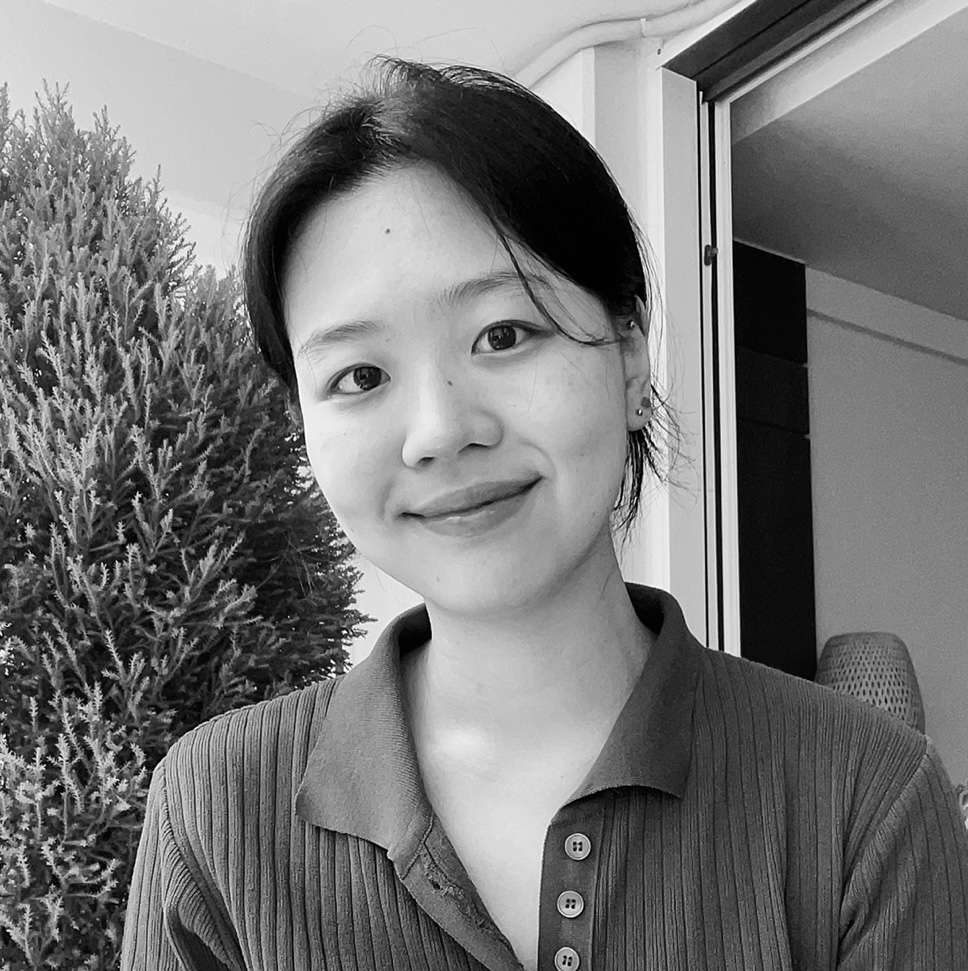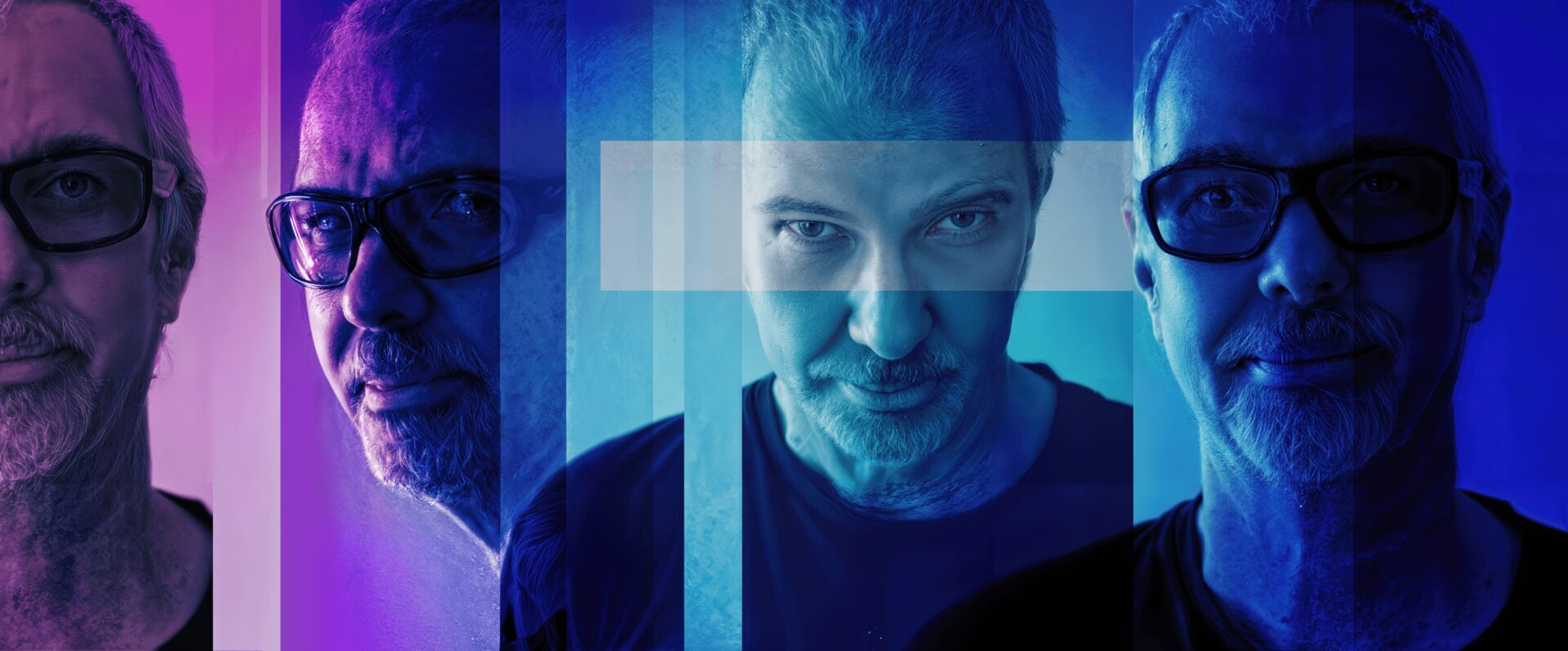We’re excited to introduce you to the always interesting and insightful Annette Cho. We hope you’ll enjoy our conversation with Annette below.
Annette, thank you so much for joining us today. Let’s jump right into something we’re really interested in hearing about from you – being the only one in the room. So many of us find ourselves as the only woman in the room, the only immigrant or the only artist in the room, etc. Can you talk to us about how you have learned to be effective and successful in situations where you are the only one in the room like you?
When I am the only one in the room, I try to understand where this sense of isolation comes from on a broader scale and seek out connections with others who share similar feelings and thoughts.
I was fortunate to easily build a community as a minority in Korea—both as a woman and queer. However, when I attended a conservatory art school in the U.S., I became the only Asian in my cohort. Spending two years as the only Asian in my classes presented an entirely different challenge. The pervasive influence of Western and white supremacy—both in South Korea and globally—began to wear on me.
This growing sense of cultural inferiority led me to reflect on imperialism and colonialism on a broader scale, pushing me to explore the theme of cultural hybridity. I became particularly interested in the agency of colonized cultures and in embracing cultural amalgamation as a source of pride. Sharing these thoughts and feelings with my dear friends—those also living abroad in Western countries, as well as the international and Asian American friends I’ve met in the U.S.—has always been reassuring, offering me a deep sense of comfort and support.
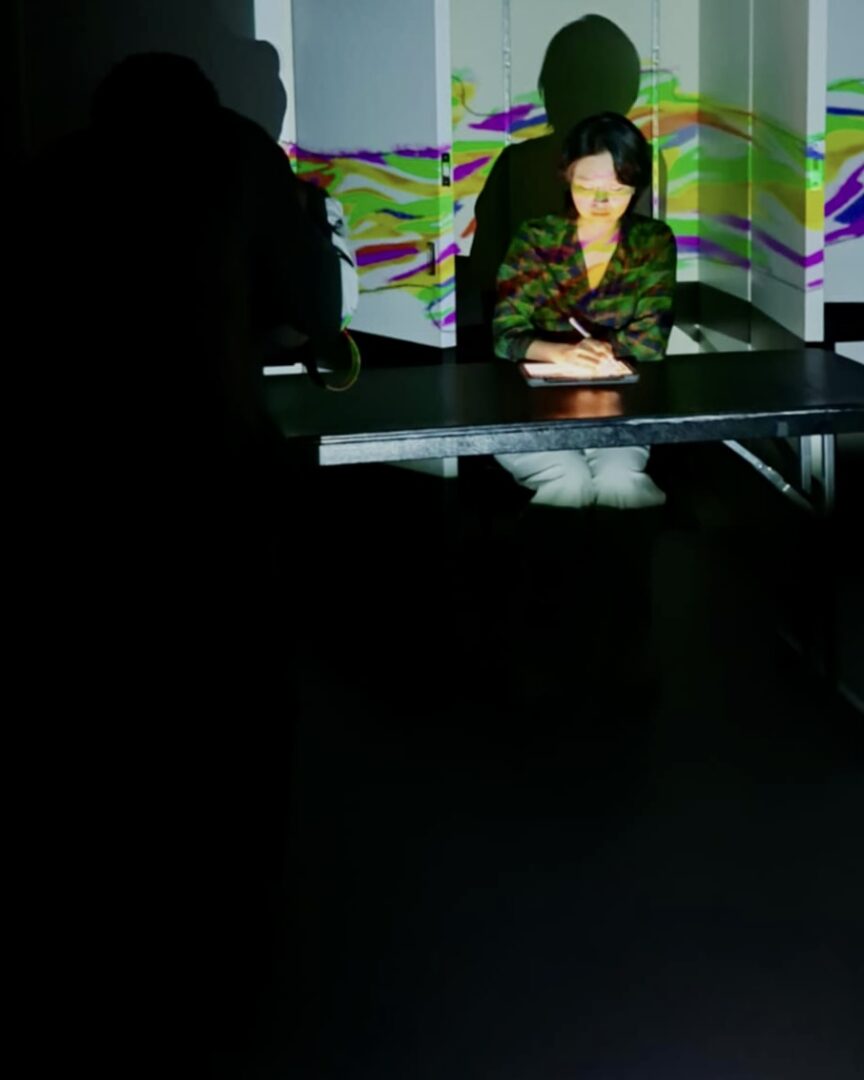
Great, so let’s take a few minutes and cover your story. What should folks know about you and what you do?
I was deeply influenced by my dad, who was involved in student activism against the dictatorship in Korea during the 1980s. His experiences instilled in me a strong belief in equality and the power of art to drive change and. This foundation fueled my passion for creating social campaigns, impact producing, and community art.
As an artist, I majored in visual arts from high school through college in Korea. While I have a deep love for visual arts, I wanted to expand my reach to mediums that could connect with a broader audience. This led me to pursue an MFA in Creative Producing for Filmmaking in the U.S., returning to the country where I was born. There, I gained expertise in narrative development, copyright, finance, and marketing. While studying marketing, I remained grounded in the belief that art finds its true purpose through its audience and should foster meaningful connections. Currently, I am a Kenan Fellow at Lincoln Center, where I am developing The Newcomer, a multimedia community art project that was awarded a grant by the Asian American Arts Alliance for its engagement with the AAPI community in New York. The project will be showcased at the Queens Botanical Garden on May 31 and at Lincoln Center at the end of June.
My first experience in activism and community engagement was through a feminist initiative in South Korea, where I helped rebuild the Women’s Student Council. Alongside friends who are now active in the Basic Income Party in South Korea, I played a key role as both an activist and graphic designer, creating materials to raise awareness about the council’s importance. The movement gained nationwide attention, and my dad was especially proud when a news article featured my poster design. I also joined an NPO recognized by the Seoul government, where I helped develop and facilitate in-person events, including large-scale games, forums, and community gatherings focused on feminism and environmental issues. I contributed to video production, graphic design, and rebranding, strengthening the organization’s identity and outreach efforts.
As a filmmaker, my dedication to minority issues led me to create a short documentary about mental health, focusing on my mom’s journey to understand my depression. This project earned me an internship with the editor of a Sundance-winning documentary, where I worked on short films about minorities in Korea. Recently, I received the Semans Art Fund to produce a short film with an all-women and non-binary cast and crew. With my background in activism, community engagement, and minority-focused filmmaking, I am committed to creating art projects and campaigns that drive meaningful social change.
The Newcomer encapsulates my experiences as a filmmaker, visual artist, and activist. It includes a short animation, interactive digital art, and a community engagement workshop. The story, based on my personal experiences (with some exaggeration for narrative impact), follows a member of the Korean diaspora who moves to the U.S. with admiration for the country, especially New York. However, her admiration is a double-edged sword, with feelings of cultural inferiority lingering on the other side. She quickly realizes that her cultural differences prevent her from connecting with her new community, particularly when she discovers that only 2% of her neighbors are Asian. In an attempt to reconnect with her traditional roots, she finds that her upbringing in a modernized, Westernized Korea has distanced her from those traditions. But when she visits Koreatown in New York, she has a revelation: her experience in Korea was far more blended with cultural influences than she realized. She recalls foods like Bananmilk, a childhood snack for Koreans, Jajangmyeon (Koreanized Chinese food), fried chicken with unique seasonings, and corn dogs stuffed with potatoes.
The story ends with her finding pride in cultural amalgamation, embracing a culture that she actually grew up with—one that blends traditional elements with influences from modernization and other cultures. The interactive digital art reflects this journey, allowing viewers to experience a new version of K-Town in Manhattan, with a focus on foods that represent this cultural blend. In collaboration with multimedia artist Jinha Kang, a RISD graduate, motion sensors bring the project to life. After experiencing the artwork, the audience can take coupons for restaurants serving these foods, encouraging them to engage with the community and experience the culture firsthand.
The workshop, inspired by Lincoln Center Education’s pedagogy, invites participants to reflect on their cultural pride and identity. It encourages them to think about the foods and locations that represent them and create their own artworks for further community involvement. The workshop worksheet is designed as a menu pamphlet, inspired by the design of Korean restaurant menus, and was created by graphic designer and visual artist Haerri Kim.
While I am excited to showcase The Newcomer at the Queens Botanical Garden and Lincoln Center, I am seeking opportunities to expand the project into a social campaign and documentary exploring cultural hybridity. Currently in the research phase, I am fascinated by the concept of cultural hybridity, as explored by theorist Homi K. Bhabha, especially the agency that colonized countries have in accepting and transforming the colonizing culture. This process creates new cultural forms that are, as Bhabha phrases it, “almost the same, but not quite.”
As an activist and artist, I am eager to create more projects centered on impactful storytelling and community engagement. My philosophy is rooted in participants’ agency. During my BFA, I founded and led an art club, focusing on building community, advocating for accessible language, and fostering audience agency within art spaces. I further developed this approach during my fellowship at Lincoln Center Education, where I trained in scaffolded pedagogy to enhance learners’ agency. I believe art finds its true purpose through its audience, fostering meaningful connections. My goal is to create spaces for direct community engagement, allowing people to voice their needs and desires. I am excited to find more opportunities to practice this approach and make a lasting impact.

If you had to pick three qualities that are most important to develop, which three would you say matter most?
I have strong organizational skills, which naturally translate into effective leadership. As a self-starter, I’m always initiating projects from scratch whenever something sparks my curiosity. Through various collaborations, I’ve learned that the best leadership doesn’t come from charisma alone, but from the ability to listen to and integrate the perspectives of each team member. Through trial and error, I realized that rather than solely pushing my own opinion, it’s more effective to combine and structure everyone’s input into a plan, while consistently finding a Plan B by merging different perspectives into a cohesive strategy that the entire team can align with. These skills proved invaluable when working at an NPO, where I contributed to rebranding its identity, restructuring its workflow and communication systems, and improving personnel management. Although I had to step away for personal reasons, when launching an art-related startup funded by the Youth Entrepreneurship Support Fund, I was able to strategically develop the business plan by aligning and integrating the ideas of all team members, ensuring that our vision was both cohesive and adaptable.
Coming to the U.S., I also realized the importance of truly understanding cultural differences—not just in terms of religion, clothing, or food, but also in the subtle social cues that shape communication, collaboration, and conflict resolution. In Korea, I developed strong communication skills and a sense of politeness that helped me maintain good relationships. However, I found that workplace dynamics and approaches to resolving conflicts were very different from what I was accustomed to. For example, in Korea, “being considerate” is highly valued, and stepping back to resolve conflicts is often seen as a virtue. However, I learned that in the U.S., it is important to speak up and assert oneself. When I don’t, it can be perceived as though I have nothing to contribute. Additionally, when giving feedback, Koreans tend to focus on areas for improvement, while in the U.S., there’s more emphasis on acknowledging the positive aspects. Although I went through a significant learning curve to understand these differences, I am grateful for the opportunity to expand my understanding of human nature. Now, I want to use my experiences to support other international people, reminding them that they are not alone in this journey. In addition, I am eager to find opportunities where I can serve as a bridge between international projects, fostering collaboration and understanding across cultures.
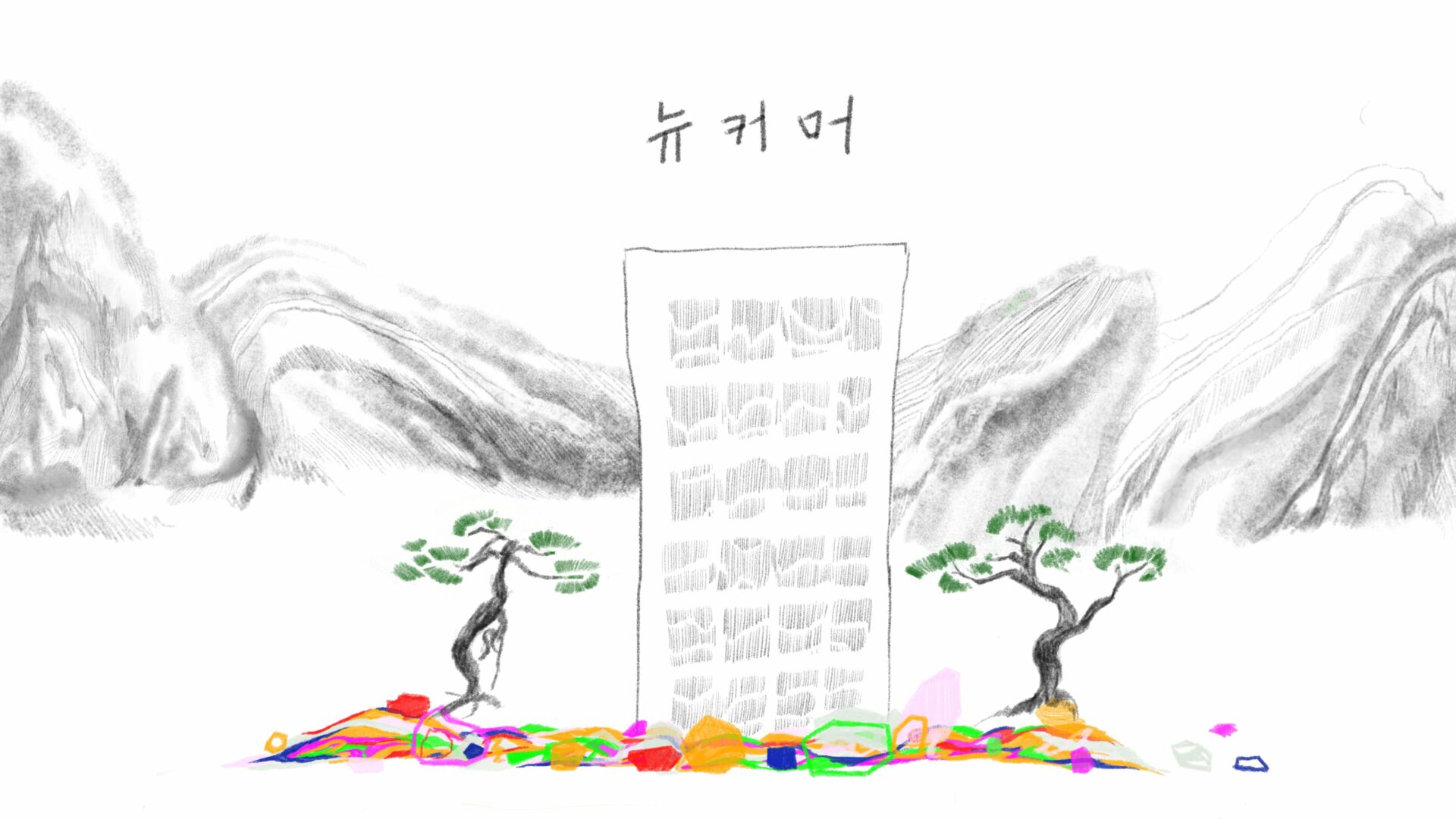
Before we go, maybe you can tell us a bit about your parents and what you feel was the most impactful thing they did for you?
From my mother, I learned that true positivity blossoms in the face of adversity, and she remains my greatest source of inspiration. Like many other Koreans, she found solace during the hardest times in the words of Buddhist monks and by hiking the small mountains scattered throughout Korea. Through these experiences, she cultivated a resilience that enabled her to protect both herself and those around her, no matter what hardships arise.
Even now, as our family faces difficult times, I am grateful for what we call in Korea a “wide bowl” (넓은 그릇)—a metaphor for wisdom, generosity, and compassion—qualities she embodies and within which I always find comfort. It is her deeply rooted optimism and confidence, the history we’ve built through countless conversations, and her boundless acceptance that allow me to be completely honest with her and feel loved. Growing up, I witnessed her expanding her bowl, sometimes having it broken, or by breaking it herself and piecing it back together. Now, having faced my own hardships, I can truly understand how much she has gone through to reach a place of such unwavering optimism.
I admire her not just as my mom but as a human. Despite all my overflowing emotions and anxiety, she has taught me how to manage them, and for that, I am deeply grateful.
Contact Info:
- Website: https://annetteeunkyoung.wixsite.com/impact
- Instagram: https://www.instagram.com/annetteeunkyoung/
- Linkedin: https://www.linkedin.com/in/annette-cho-49aa7b265/?trk=opento_sprofile_details
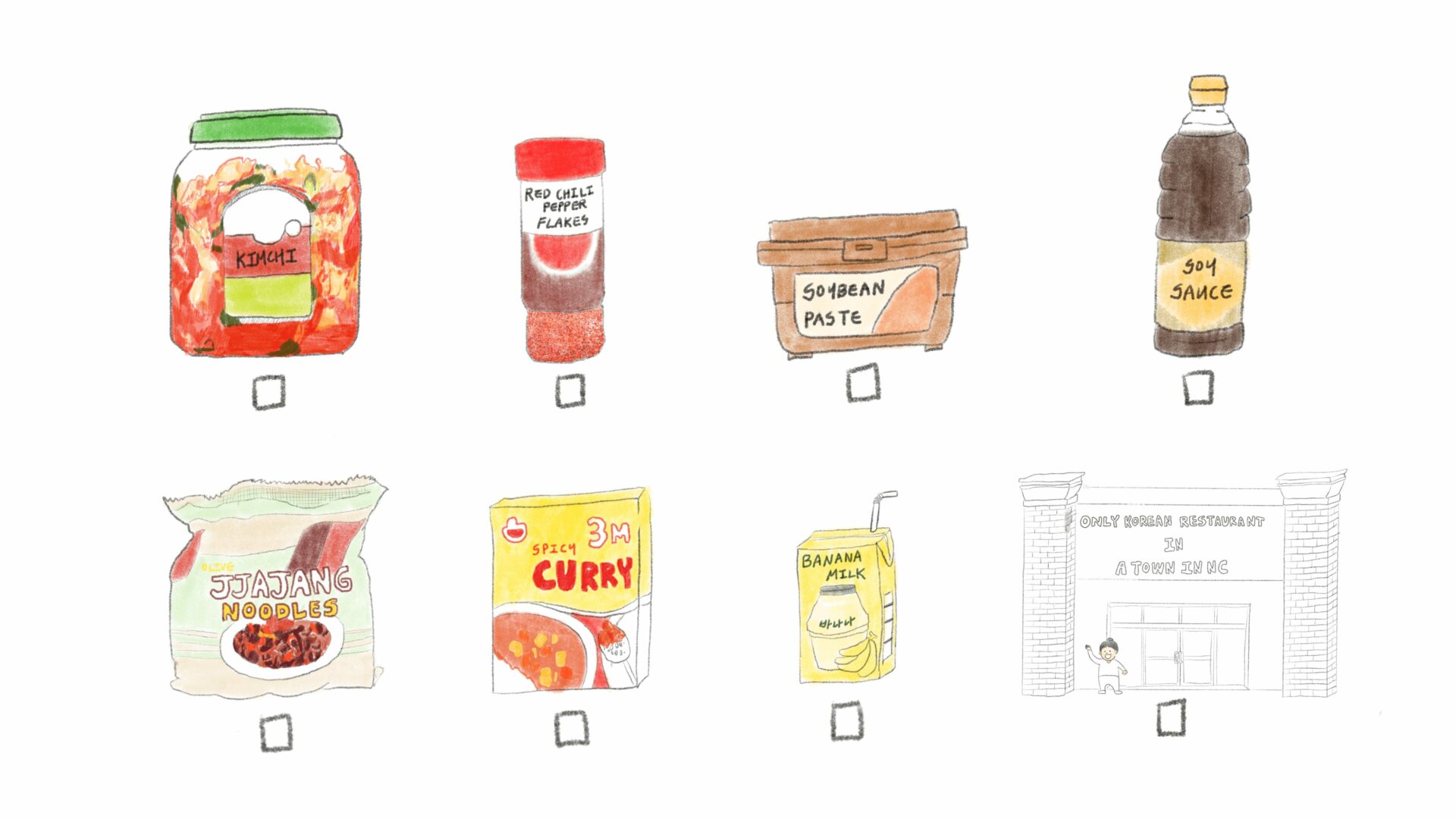
Image Credits
(illustration) images by Annette Cho’s “The Newcomer”
so if you or someone you know deserves recognition please let us know here.

